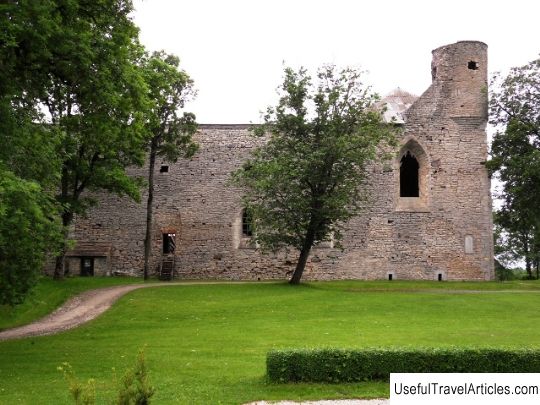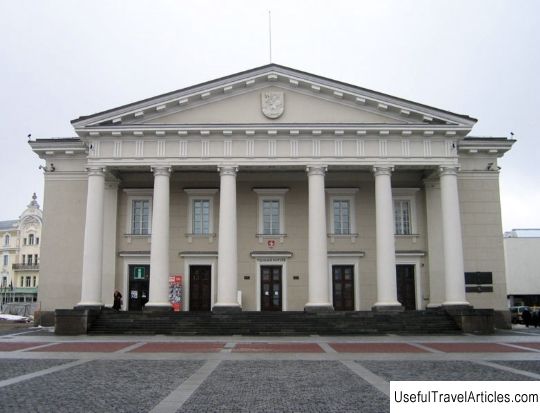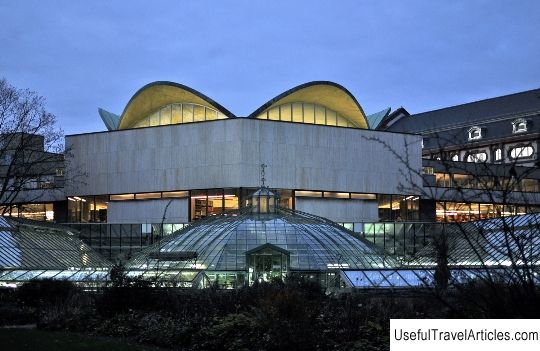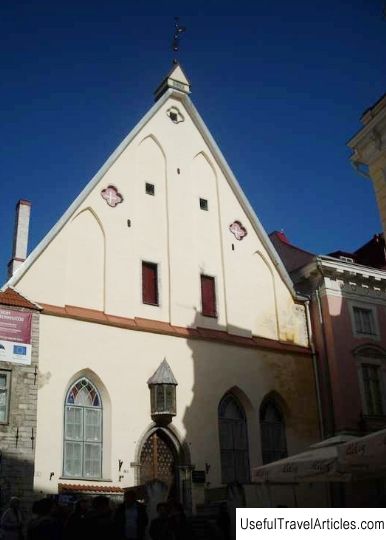Monastery of St. Birgitta (Pirita klooster) description and photos - Estonia: Tallinn
Rating: 7,9/10 (378 votes) 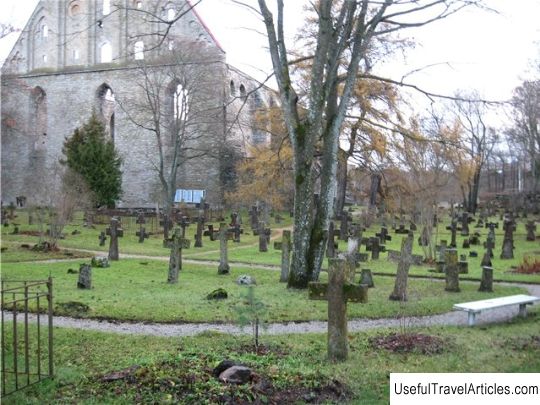
St. Birgitta's Monastery (Pirita klooster) description and photos - Estonia: Tallinn. Detailed information about the attraction. Description, photographs and a map showing the nearest significant objects. The name in English is Pirita klooster. Photo and descriptionThe ruins of St. Birgitta's monastery are located 6 kilometers east of old Tallinn. This area is called Pirita and is one of the most prestigious in the city. A calm, peaceful place is great for restoring peace of mind. Already on the way to this quiet place, you will be seized by a state of calm. The road to the monastery runs along the coast along the seaside boulevard and Kadriorg park, along the way, wonderful views of the water surface and the spiers of the old city open up - all this will calm you down, put all thoughts and feelings in order, and charge you with energy. The monastery was founded in 1407 with the support of 3 wealthy Tallinn merchants. The building belonged to the Order of St. Birgitta in Sweden. The order received its name in honor of the Swede Brigitte Gudmarsson, which was canonized in 1391. In terms of its architecture, the monastery looked like a sacred structure typical of those times in the late Gothic style. The monastery was originally a wooden building, which was replaced by a stone one in the first half of the 15th century. The completion of the construction and the consecration of the monastery dates back to 1436. The peculiarity is that both monks and nuns lived in the monastery, and their paths did not cross. In the building, men's and women's quarters were located separately and were separated by two courtyards. In the northern part of the monastery of St. Birgitta there lived nuns, and in the south - monks. Even during services, the monks were directly in the church, and the female part of the Lord's servants was located on a special balcony. Unfortunately, the history of the monastery is short, it did not last even two centuries. In 1577, during the Livonian War, the sacred building was destroyed and only the ruins of the monastery have survived to this day. In particular, today we can only observe rectangular church walls. The area in front of the monastery was used as a cemetery. Limestone burial crosses, still standing in rows in front of the ruins of the monastery, date back to the century before last. Currently, the ruins of the monastery have turned into a unique attraction and an excellent place to relax. Monastery Day is celebrated here every year, along with the traditional open-air fair. The majestic ruins are also a place for concerts and excursions. In 2001, a new building was built next to the ruins, which became the home for the nuns of the Order of St. Birgitta.         We also recommend reading Plaza de Espana, description and photos - Spain: Seville Topic: Monastery of St. Birgitta (Pirita klooster) description and photos - Estonia: Tallinn. |
